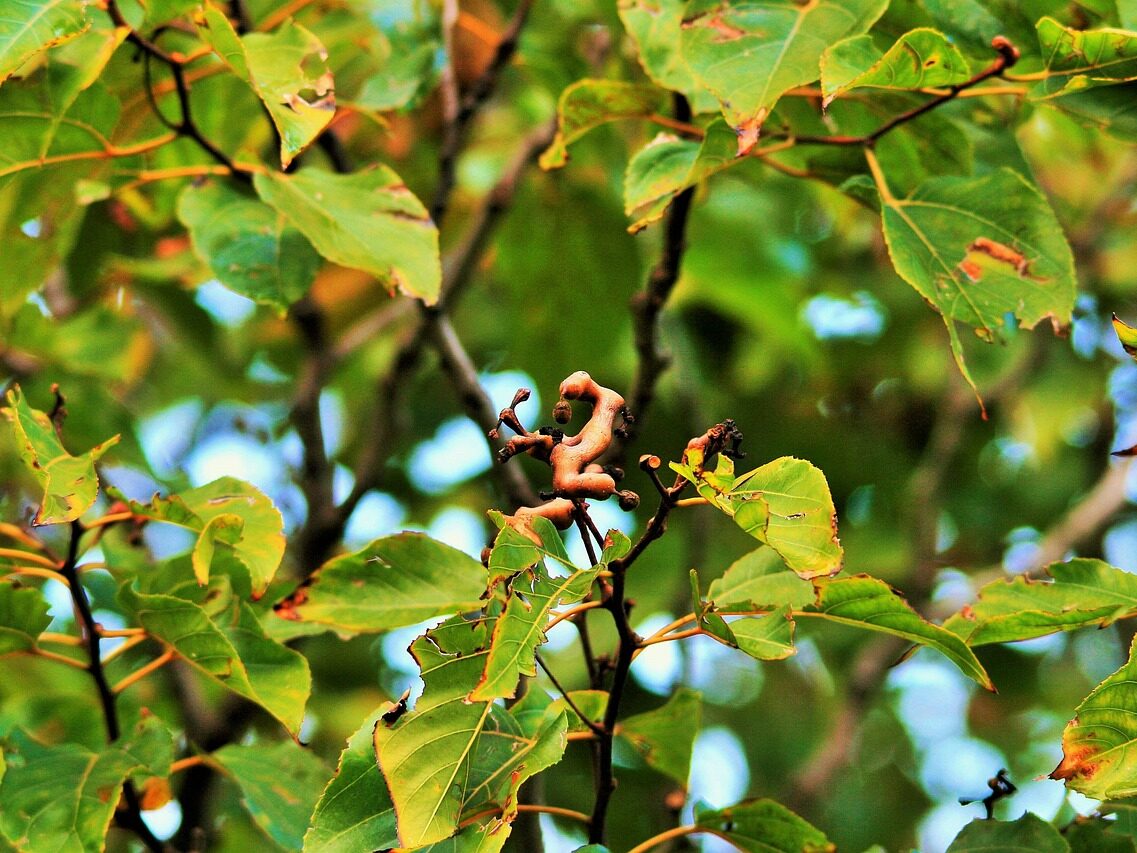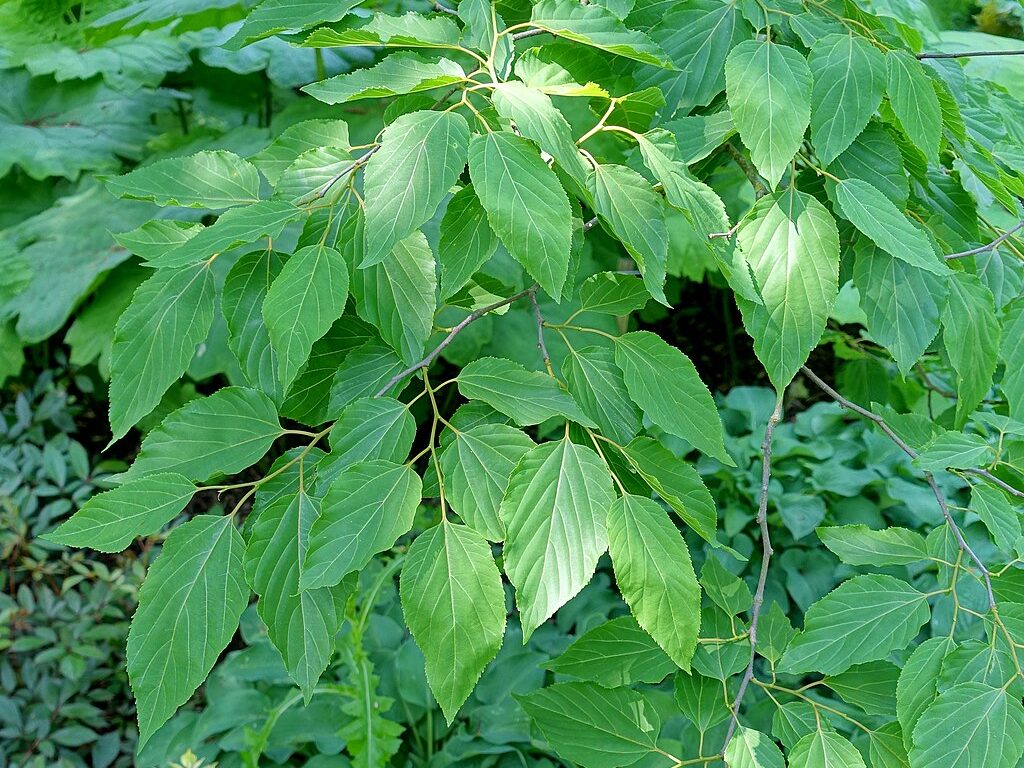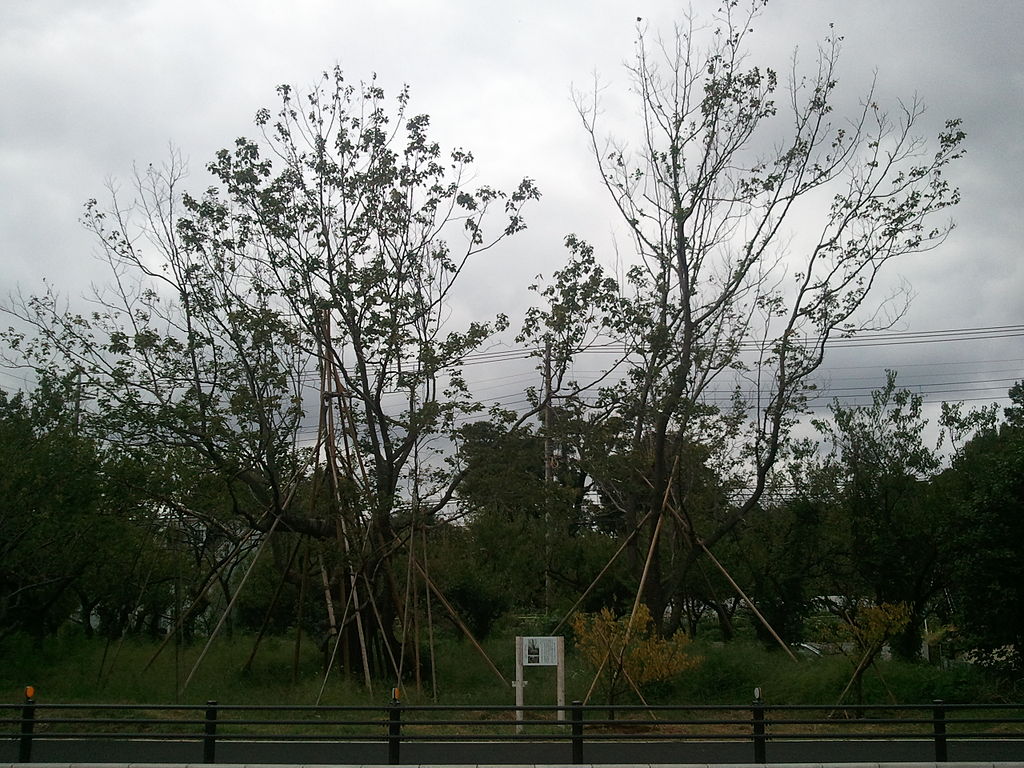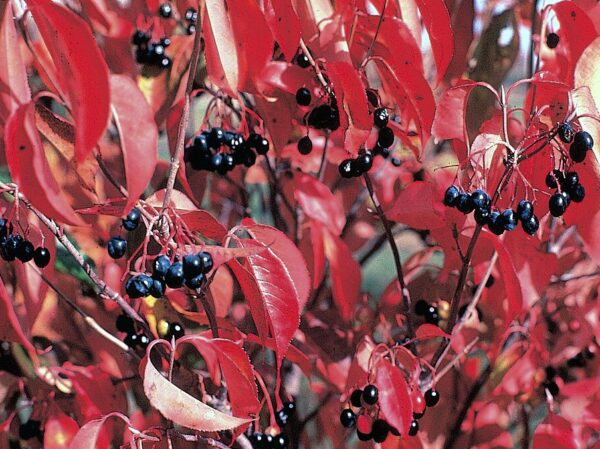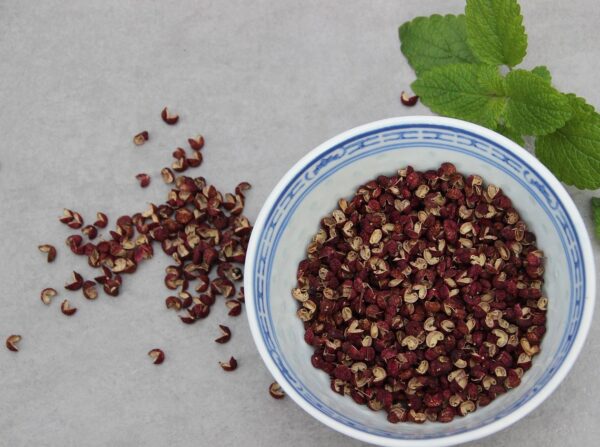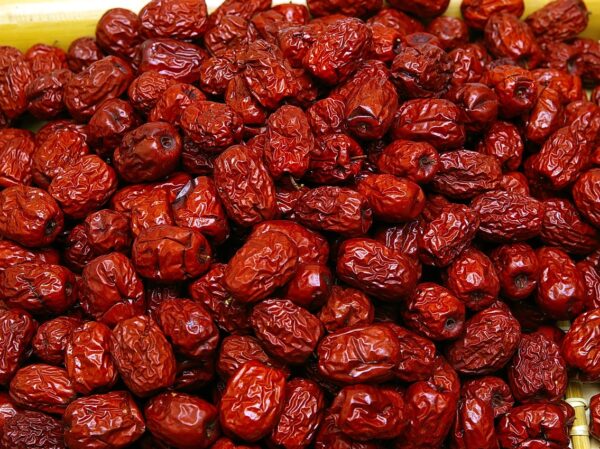Your cart is currently empty!
Additional Info
Tasting Japanese Raisin Tree Fruits – A Review
Cold stratifying seeds using the paper towel method:
Studies:
Description
This thing is ridiculous. I mean, given that it doesn’t actually provide edible fruit but it’s the stalks that count, it’s just straight up weird. And I like weird.
The peduncles are sweet, chewy, and raisin-like when dried or left to wrinkle on the tree. They can be eaten fresh or added to baking, muesli, or brewed into a mild alcoholic drink. Their sugar content can be as high as 25%. Given our climate doesn’t give a lot of opportunity to actually grow the sugar we need, I’ll take what I can get.
Fun fact – in traditional Chinese medicine, the species is also used for its liver-supporting properties, particularly after alcohol consumption. But, there are also some studies suggesting it actually works to speed up ethanol detox, talk about a permaculture support species.
The technical bits –
The tree typically grows 10–15 metres tall, with a rounded, spreading crown. It prefers full sun and fertile, moist but well-drained soil. In ideal conditions, it can grow up to 2m/year. Reasonably drought-tolerant once established, it’is hardy to around -20°C and requires some winter chill for consistent flowering and fruiting – generally satisfied in most temperate New Zealand regions.
While Japanese Raisin Tree is self-fertile, it may fruit more heavily when multiple individuals are planted. For seed-grown stock, plant at least 3 – 5 seedlings to allow for natural variation and increased productivity.
Germination and Cold Stratification:
Scarify seeds. After that, seed requires 2–3 months of cold, moist stratification at 1 – 5°C. Then, sow in warm conditions (20 – 25°C). Germination can be slow and irregular – allow up to 8 weeks.
